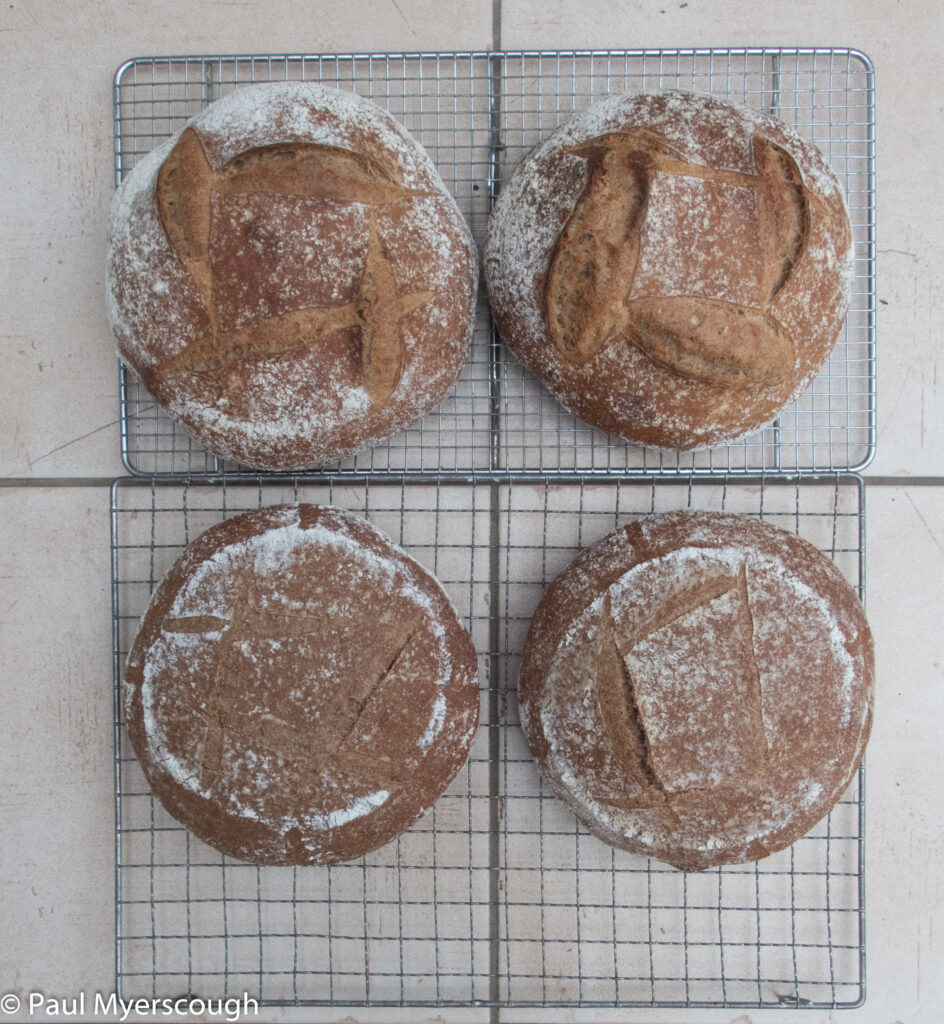Vanessa Kimbell has a great story to tell.
As an English child she spent long holidays in France. Nothing was better than the fresh bread produced every day from the local bakery. She eventually helped out with baking and serving customers.
Some time later as a young women in the UK she became quite ill. Following her recovery, she found she had become wheat intolerant – bread would make her severely unwell. She was sentenced to a gluten-free diet.
After a number of years she returned to her holiday village in France and visited the baker who pressed a fresh loaf into her hands. She could not resist. By the time she returned to the place she was staying at half the loaf had gone and she was filled with anxiety – she expected to be extremely ill.
In fact she was fine. It seemed she had recovered! But on her return to the UK she was promptly ill from the first loaf she bought.
Her book ‘The Sourdough School’ recounts this story and described her approach to making bread which she claims is made more digestible by the enzymes and acids this method can leave in the loaf.
I made these loaves following guidance in her book. What is special about the Kimbell method?
I’ve been making sourdough bread for 10 years or so and I was keen to buy her book expecting a ‘definitive’ guide. That is one that covers all the intricacies of this sort of baking with details of the science involved and practical instructions to get foolproof results. You can find it here on Amazon. With mixed reviews, it is not the definitive guide I was hoping for. But with a successful business delivering training course to bakers wanting to explore the subject, she has a lot of knowledge and experience to offer.
For digestibility she recommends a ‘retard’ method which increases the acidity of the dough and promotes some of the enzymes and processes which reduce the complex starches in the bread. This approach involves preparing the loaves in bannetons or tins then refrigerating them over night. The next day, after a retard of 10-24 hours, the bread is baked straight from the ‘fridge.
I was pleased with the results. I used 100% stone-ground strong wheat flour for the brown loaves, and an 80-20 mix of stone-ground flour white & whole for the white loaves. You can see the crumb in the pictures below; the texture pleasantly chewy making a good sandwich and excellent toast!


